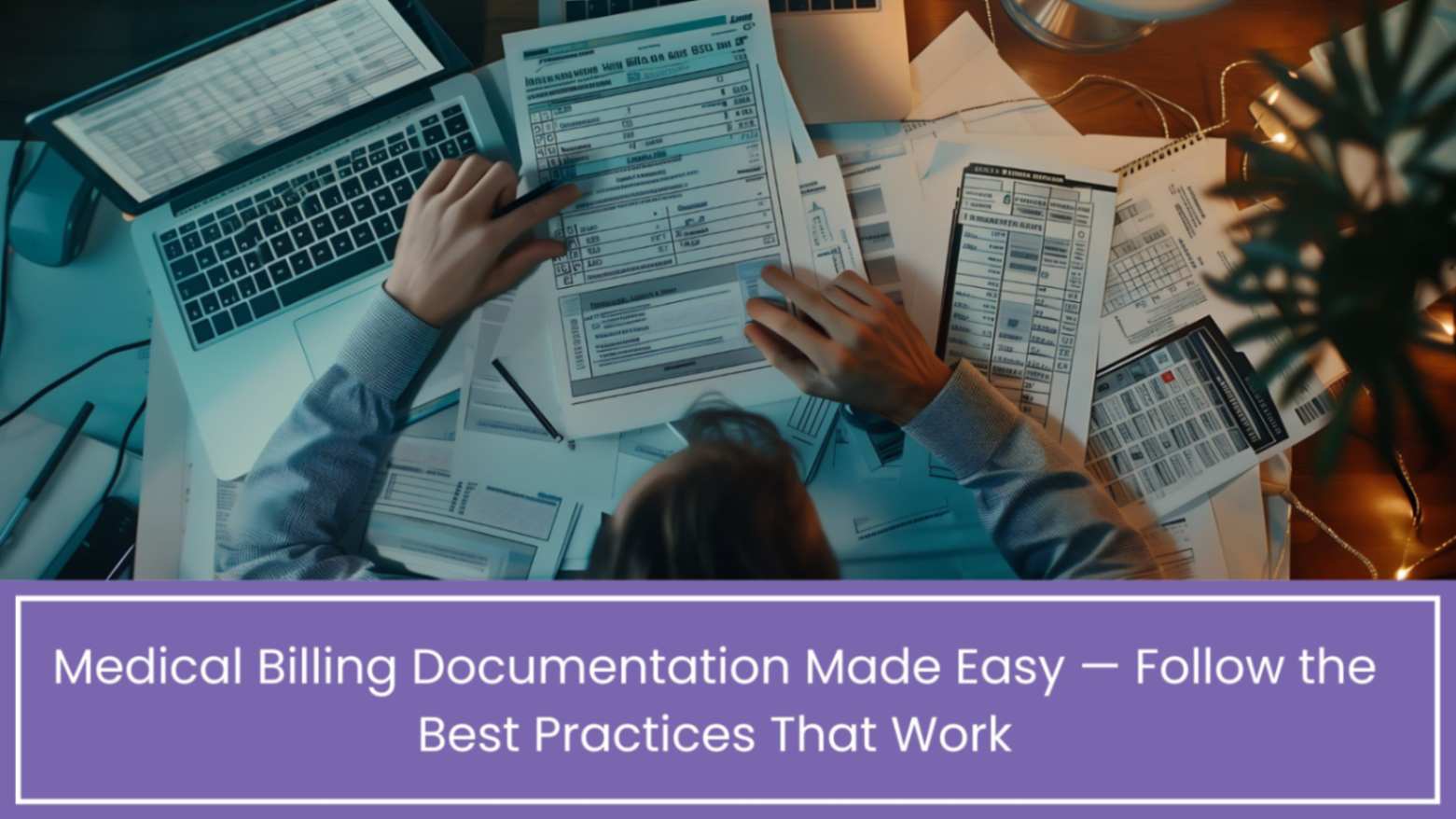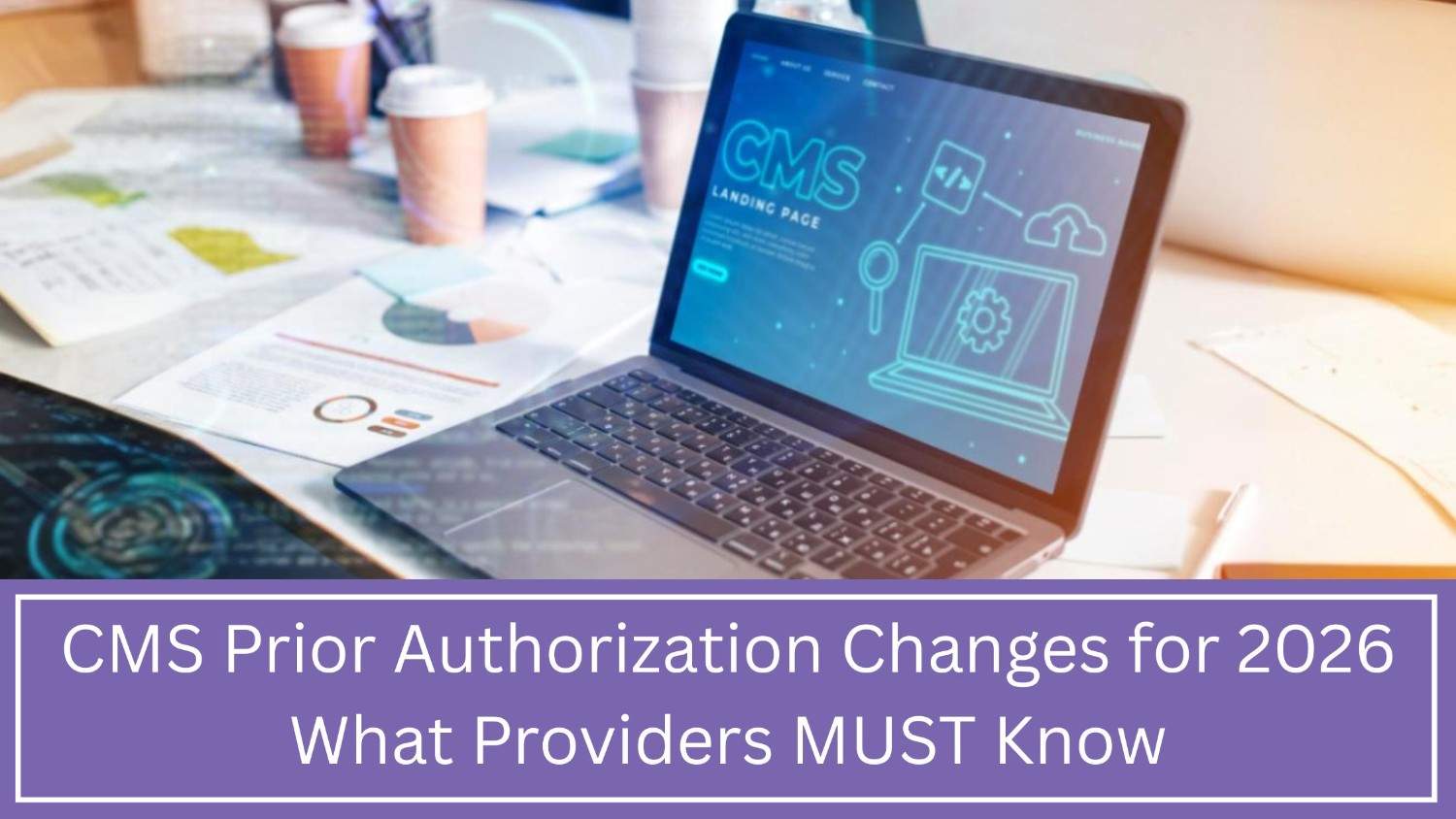Biggest Challenges Healthcare Providers Face in Revenue Cycle Management
Revenue Cycle Management (RCM) is no longer just about submitting claims and waiting for payments. In today’s healthcare environment, biggest challenges healthcare providers face in revenue cycle management services has turned into a sophisticated balancing act—providers are expected to juggle rising administrative complexities, shrinking reimbursements, evolving payer rules, and patients who are increasingly responsible for a larger share of their bills. At the same time, the demand for quality care has never been higher.
At Practolytics, we see this every day. With more than 28 medical specialties under our wing, 5 million claims processed annually, and 1400+ active providers relying on us, we know that healthcare providers are not struggling with the basics—they’re struggling with deeper, systemic challenges that eat into revenue and add stress to already overworked teams. Let’s talk about the toughest hurdles practices are facing in healthcare RCM Services right now—and let’s do it in plain, casual language.
Table of Contents
When the Rules Keep Changing Overnight?
One of the biggest headaches for medical practices right now is how fast payer rules keep changing. What worked smoothly last week can suddenly get outdated overnight, and even the smallest coding or documentation tweak can turn a clean claim into a denial. It feels like the rulebook is constantly being rewritten—whether it’s CMS updates, ICD-10 changes, or a payer tossing in new guidelines without much warning.
What makes it worse is how much money gets left on the table because of these missed updates. According to the 2023 CAQH index, providers are losing billions each year just from process inefficiencies and errors linked to regulatory changes. Think about it: something as small as forgetting to apply a new telehealth modifier can stall payments for weeks. It’s incredibly frustrating—especially when the care has already been delivered and your team has done everything right on the clinical side.
Denials That Keep Coming Back
Denials are not just an administrative headache; they’re a silent revenue leak. What makes it worse is that 90% of denials are actually preventable. Yet, many practices are stuck in a reactive cycle—submitting claims, receiving denials, appealing them, and repeating the process. This eats into staff time and delays cash flow.
The problem is not always about poor documentation. Often, denials happen because of mismatched payer policies, lack of real-time eligibility verification, or simply not following up in time. The American Medical Association recently noted that nearly 1 in 5 claims is either denied, delayed, or underpaid. Multiply that across months, and practices lose significant income without realizing it.
Rise of Patient Responsibility in Healthcare RCM
There was a time when insurance carriers handled the bulk of payments. Not anymore. With the rise of high-deductible health plans, patient responsibility now accounts for more than 30% of practice revenue. The challenge? Collecting it.
Patients are not just patients anymore—they’re also payers. Yet most practices are not equipped with tools or workflows to manage patient collections effectively. Chasing balances can strain patient relationships, especially when the process feels confusing or overwhelming for them. Transparent statements, flexible payment plans, and digital payment options are no longer nice-to-haves; they’re essential.
To better understand this shift, let’s look at how payer vs. patient responsibility has evolved:
|
Year |
Payer Share of Medical Bills |
Patient Responsibility Share |
|
2010 |
85% |
15% |
|
2015 |
78% |
22% |
|
2020 |
72% |
28% |
|
2024 |
68% |
32% |
This transition has added a whole new layer of complexity to RCM. Practices must now wear two hats: managing insurance reimbursements and acting as financial counselors for patients. And let’s be honest—that was never why providers got into healthcare in the first place.
Staffing Woes and Burnout
RCM is labor-intensive, and the talent shortage is making things worse. Trained billers and coders are in high demand, but practices often can’t afford to keep large teams on staff. Add to this the constant pressure of training staff on new compliance rules, software updates, and payer requirements, and burnout becomes inevitable.
A recent MGMA survey revealed that 65% of practices cite staffing as their top operational challenge. Even when they do hire, retention is tough. Many staff leave within a year due to stress, inadequate tools, or lack of growth opportunities. The result? Constant turnover, which further disrupts revenue cycle performance. And when your billing team is short-staffed, every little denial or claim delay gets magnified.
Technology Isn’t Always the Hero
Yes, automation and AI are transforming RCM—but only when implemented correctly. Many practices invest heavily in technology only to find that it complicates workflows instead of simplifying them. EHR/PM systems that don’t integrate well, eligibility tools that give inconsistent results, and automation that requires heavy manual oversight all slow things down.
Here’s the reality: technology alone cannot fix broken processes. In fact, 74% of healthcare executives admit they are not fully leveraging their RCM technology investments. Without the right strategy and expert oversight, tech can add another layer of complexity instead of relief. At Practolytics, we’ve seen practices spend money on tools that sound fancy, only to call us six months later asking for help untangling the mess.
Growing Compliance Burden
Let’s face it—compliance feels like one of those never-ending chores that you can’t afford to ignore. Between HIPAA rules, the No Surprises Act, and those surprise payer audits, it often feels like someone is constantly moving the goalposts. And here’s the kicker: one tiny slip-up, maybe a missed modifier or an unclear patient cost estimate, can snowball into denied claims, penalties, or even damage to your reputation.
The toughest part? It’s the unpredictability. Audits don’t send a calendar invite—they just land on your doorstep, usually zeroing in on high-cost procedures or specific specialties. And when they hit, it’s not just about the money. They drain your team’s energy, delay patient care, and create a ripple of stress across the practice. Here’s a quick look at the usual compliance trouble spots:
|
Area of Compliance |
Common Pitfalls |
Potential Impact |
|
HIPAA Privacy & Security |
Improper data handling, lack of encryption |
Fines, loss of patient trust |
|
Coding & Billing |
Incorrect use of modifiers, outdated codes |
Claim denials, payer recoupments |
|
No Surprises Act |
Lack of transparent cost estimates |
Patient disputes, penalties |
|
Payer Audits |
Insufficient documentation |
Revenue claw backs, reputational damage |
For practices already running lean, staying fully compliant can feel overwhelming. And the truth is, compliance doesn’t generate revenue—it protects it. Which is why so many practices struggle to give it the attention it deserves
Human Side of All This
We can sit here and talk about stats, payer rules, and compliance updates all day, but at the heart of every revenue cycle challenge is something far more personal—the people behind it. Every single denial, every delayed payment, and every compliance letter isn’t just about lost dollars on a spreadsheet. It translates into real frustration for real people inside your practice.
Think about your front desk team for a moment. They’re the ones who have to look a patient in the eye and explain why their bill doesn’t make sense or why an insurance company denied something that should have been covered. That awkward, uncomfortable moment doesn’t just affect patient trust—it leaves your staff stressed and emotionally drained. And patients? They leave feeling frustrated, confused, and sometimes even less confident about their care.
Then there’s your billing team. How many times have they had to stay late, working through dinner, just to rework claims before the month ends? They’re juggling codes, payer portals, and constant rule changes, all while knowing one small mistake could push payments out weeks—or months. That kind of pressure adds up, and over time it leads to burnout.
This is the hidden Cost of RCM services inefficiencies. It’s not just about dollars lost—it’s about the toll on your staff, your patients, and even your own peace of mind. That’s why solving revenue cycle challenges isn’t just a financial decision—it’s a people-first decision.
Outsourcing as a Safety Net
Let’s be honest—RCM headaches aren’t disappearing anytime soon. If anything, they just keep getting more tangled. So every practice eventually has to ask: do we keep fighting this uphill battle alone, or do we lean on people who live and breathe RCM every single day?
Outsourcing rcm services isn’t just about cutting costs anymore. For many practices, it’s about keeping the doors open and staying focused on what really matters—patients. Partnering with Practolytics means you’ve got a team with 20+ years of experience, smart technology, and deep expertise across more than 28 specialties. We handle over 5 million claims a year, across 31 states, with 100% HIPAA compliance—so nothing slips through the cracks. Simply put, we don’t just help you keep up, we help you move ahead.
And here’s where the real value shows: when denials go down, compliance stress eases, and revenue flows the way it should, your team gets to breathe again. More time for patients, less time chasing payers. That’s the power of outsourcing done right. That’s what we do every single day at Practolytics.
Final Thoughts:
RCM today is no walk in the park. Patient responsibility is growing, payer rules keep shifting, and staffing shortages make everything harder. It’s exhausting. But you don’t have to carry all of that alone.
With Practolytics by your side, RCM stops being a constant headache and starts becoming a strength. Because when your revenue cycle runs smoothly, your practice gets stronger—and stronger practices give patients the best care possible. At the end of the day, that’s what we’re all here for.
ALSO READ – Essential Tips for Error-Free Orthopedic Billing and Coding: Boost Your Practice’s Financial Health






